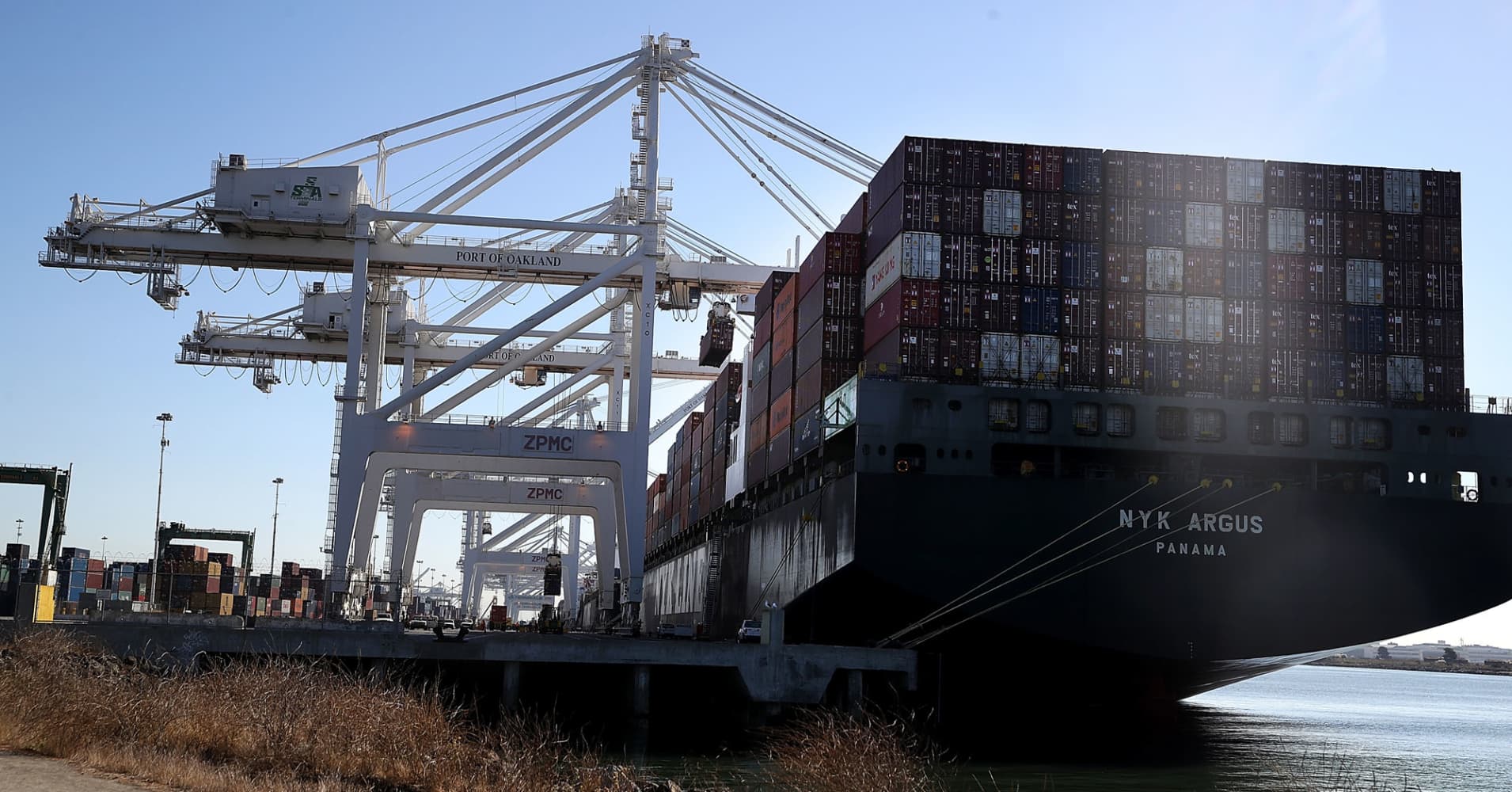
The “Chicken War” (1962-1963)
But that didn’t mean the end of trade wars.
“There was this really quite aggressive move in the 1960s of chicken, and people talked about a chicken war,” James said.
European countries were importing increasingly large amounts of frozen American chicken. According to a report by the Cato Institute, a libertarian think tank, 1 percent of West Germany’s poultry imports were from the U.S. in 1956. Six years later, the figure rose to nearly 25 percent.
The European Economic Community responded in 1962 by raising tariffs on imported chicken. The U.S. retaliated with tariffs on four key European exports: potato starch, detrim, brandy and light trucks.
While most of the tariffs were removed, the 25 percent “chicken tax” on some foreign trucks from outside of the U.S. still exists today.
U.S.-Japan trade disputes (1980s)
But not all trade disputes become full-blown trade wars, James said.
“Sometimes, one of these initial moves can generate a new kind of framework and agreement,” he said.
He pointed to disputes between Japan and the U.S. in the 1980s. Japanese exports to the U.S. were picking up; for example, passenger cars represented 6.5 percent of the U.S. car market in 1973 and 21 percent by 1980.
“People were really worried in the United States about Japanese competition and particularly all kinds of consumer products, but automobiles were a very obvious one,” James said.
By imposing tariffs on products like Japanese autos, James said the U.S. created leverage to negotiate new trade agreements. He said the key difference between this dispute and the 1930s trade war was that agreements were forged before a trade “spat” became an “all-out war.”
“Once you allow this whole accumulation of individual tariffs you get into such a messy situation… it’s really impossible to get an agreement.”
Source: cnbc china
Why trade wars can be ‘fantastically disruptive,’ the IMF’s historian warns